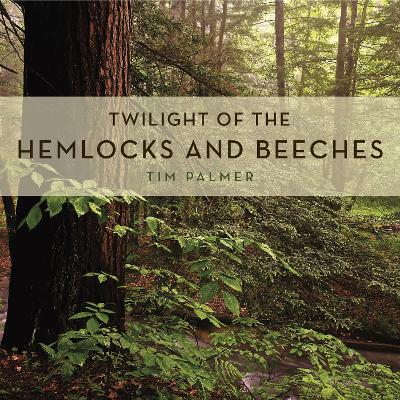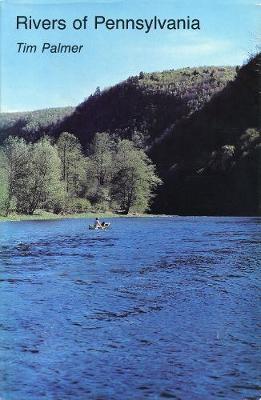Keystone Books
2 total works
In this magnificently illustrated book, conservationist and celebrated outdoors photographer Tim Palmer launches us on a revealing journey among the hemlock and beech trees that have for millennia towered over America’s eastern woodlands.
The eastern hemlock and North American beech once thrived from Maine to Georgia, casting shade on trout streams, nourishing wildlife large and small, and gracing uncounted valleys, mountainsides, parks, and backyards. These trees now face tragic decimation by exotic insects and pathogens. Palmer’s photos record the splendor of the cherished hemlock and beech in the same way that pictures of iconic, historic buildings commemorate classic landmarks gone the way of the wrecking ball. And yet, as Palmer underscores in his final chapter, the lessons learned as we address the fate of these trees can help us chart a better course for all wooded landscapes in the years ahead. This story of loss, scientific inquiry, and prospective recovery is vital to understanding nature in our time.
As an act of artistic preservation, a report on the science vital to the survival of these trees, and a call to action, Twilight of the Hemlocks and Beeches assures a lasting legacy for this irreplaceable forest community. With more than one hundred exquisite full-color photographs, this book is a must-have for outdoor enthusiasts, natural historians, ecologists, and all lovers of nature.

